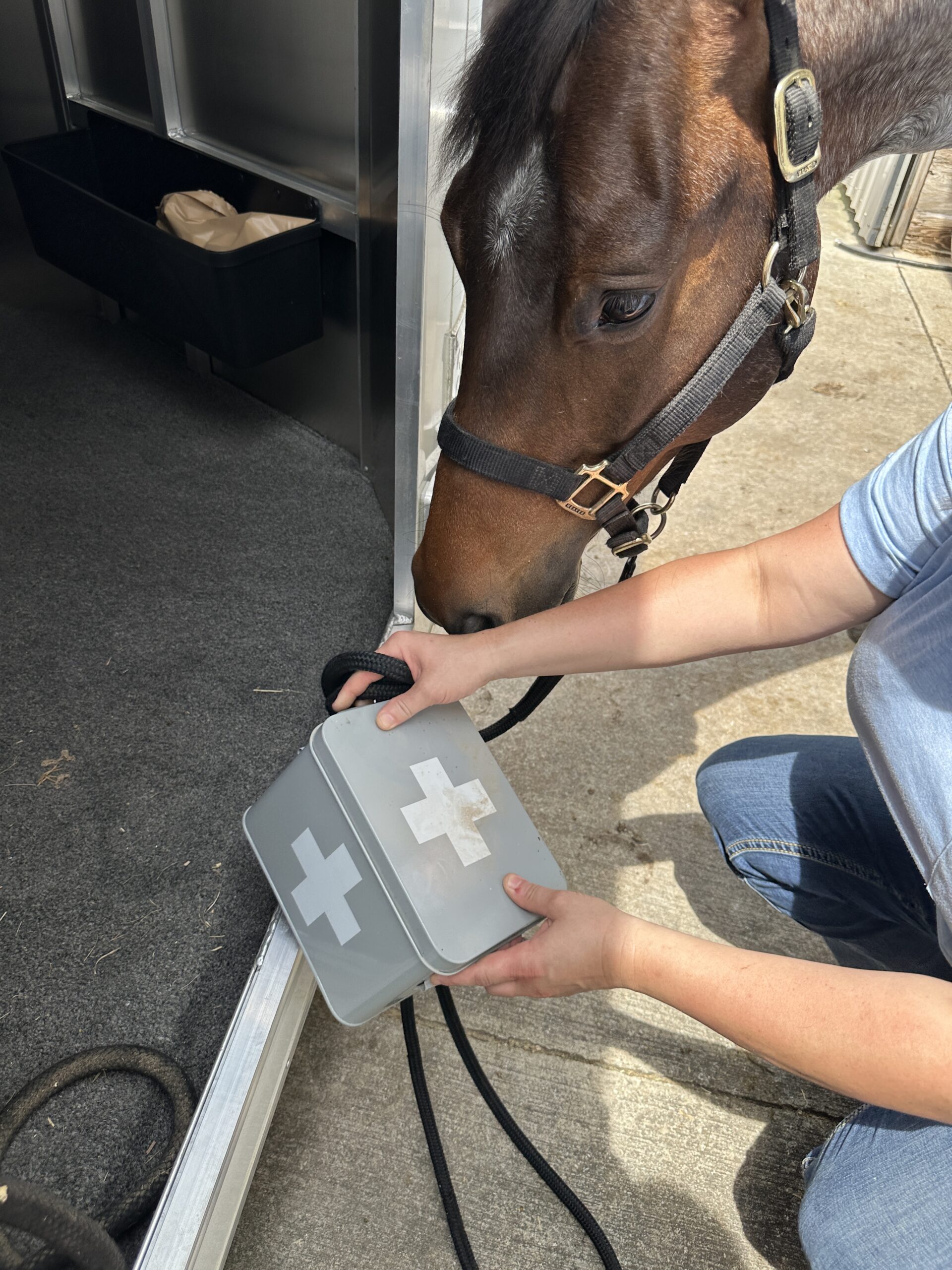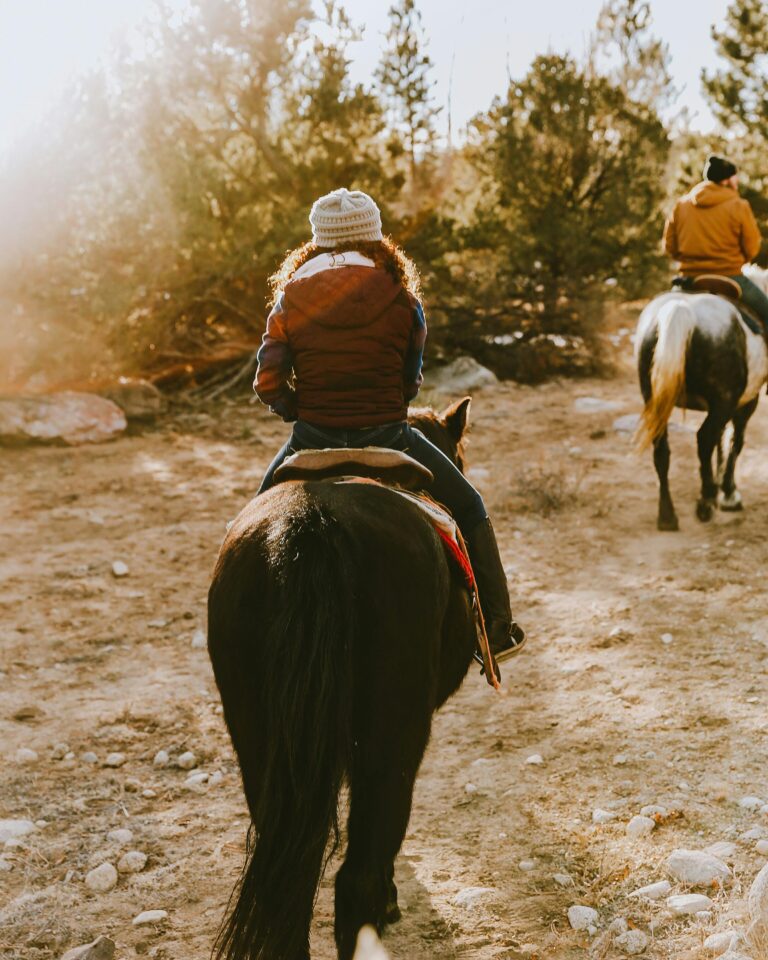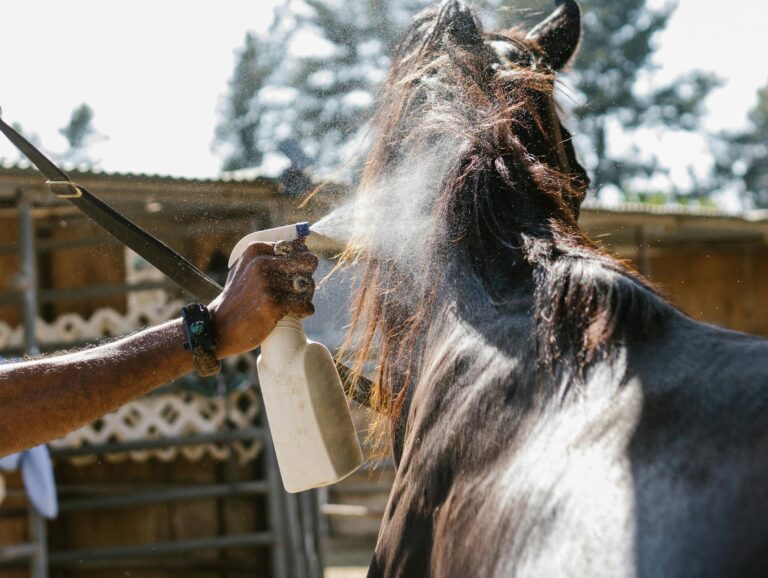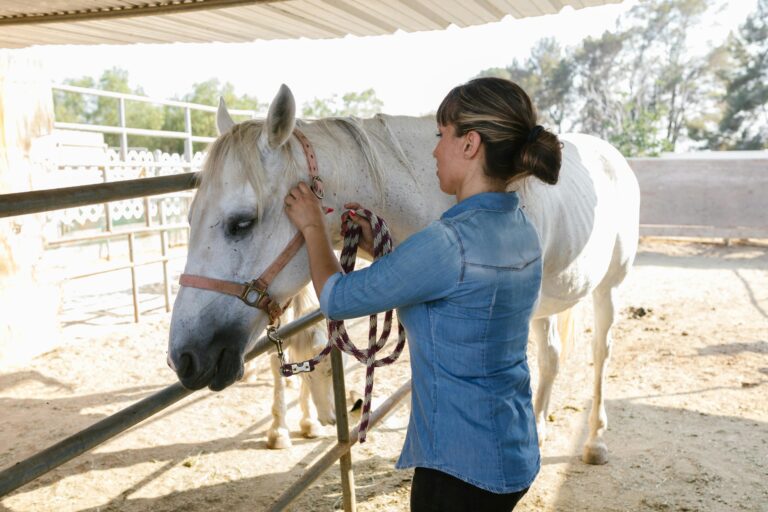Horse travel can be unpredictable – flat tires, injuries, forgotten gear, or weather delays – can quickly turn a simple trip into a stressful one. Packing a well-stocked, organized travel kit helps you stay prepared, reduce stress, and respond quickly to emergencies or last-minute needs. Whether you’re heading to a show, trail ride, clinic, or vet visit, here’s what your equine travel kit should include.

First Aid Kit: Your Emergency Lifeline
An equine first aid kit is non-negotiable. At a minimum, it should include:
- Thermometer
- Stethoscope (or know how to check pulse manually)
- Scissors and tweezers
- Sterile gauze pads and vet wrap
- Non-stick wound pads
- Antiseptic solution (e.g., Betadine or chlorhexidine)
- Topical wound ointment
- Digital copy of emergency contacts (your vet, farrier, and emergency clinics)
Optional but recommended items:
- Electrolyte paste
- Banamine (if prescribed by your vet)
- Latex gloves
- Fly spray
- Duct tape (useful for hoof wraps)
Check your first aid kit before every trip to make sure items are in good condition and not expired.

Paperwork Binder
You’ll want to carry:
- Current Coggins test
- Health certificate (if crossing state lines)
- Vaccination records
- Proof of ownership (registration papers, microchip info, or bill of sale)
- Emergency contact sheet
Keep a printed version in your truck or trailer, and digital copies on your phone or cloud storage for backup.

Essential Tools and Gear
Unexpected issues with tack, the trailer, or your horse’s behavior can occur anywhere. Be ready with:
- Extra halter and lead rope
- Fly mask and fly spray
- Muck bucket and pitchfork
- Grooming supplies (brushes, hoof pick, mane comb)
- Water buckets and hose or water jug
- Grain scoop and extra feed
- Hay net or hay bag
- Spare trailer ties or bungee cords
- Blanket or sheet (weather depending)
Don’t forget supplies for yourself: sunscreen, snacks, a flashlight or headlamp, phone charger, and an extra change of clothes.

Trailer and Vehicle Safety Supplies
Keep your trailer road-ready with:
- Tire pressure gauge
- Trailer jack and lug wrench
- Spare tire (checked and inflated)
- Wheel chocks
- Reflective triangles or flares
- Jumper cables or portable battery jump starter
If you use trailer cameras or GPS systems, verify everything is charged and functioning before departure.

Keep It All Organized
Use plastic totes, tack trunks, or dedicated duffel bags to store items neatly. Label containers by category (First Aid, Paperwork, Tack Repair, etc.), and keep everything easily accessible, not buried under other gear.

Final Thoughts
A well-packed travel kit is more than a convenience, it’s a safety net. Whether you’re dealing with a scraped leg, missing paperwork, or unexpected delays, being prepared makes a huge difference. Take time to organize your kit before every trip, and you’ll travel with confidence knowing you’re ready for whatever the road brings.




